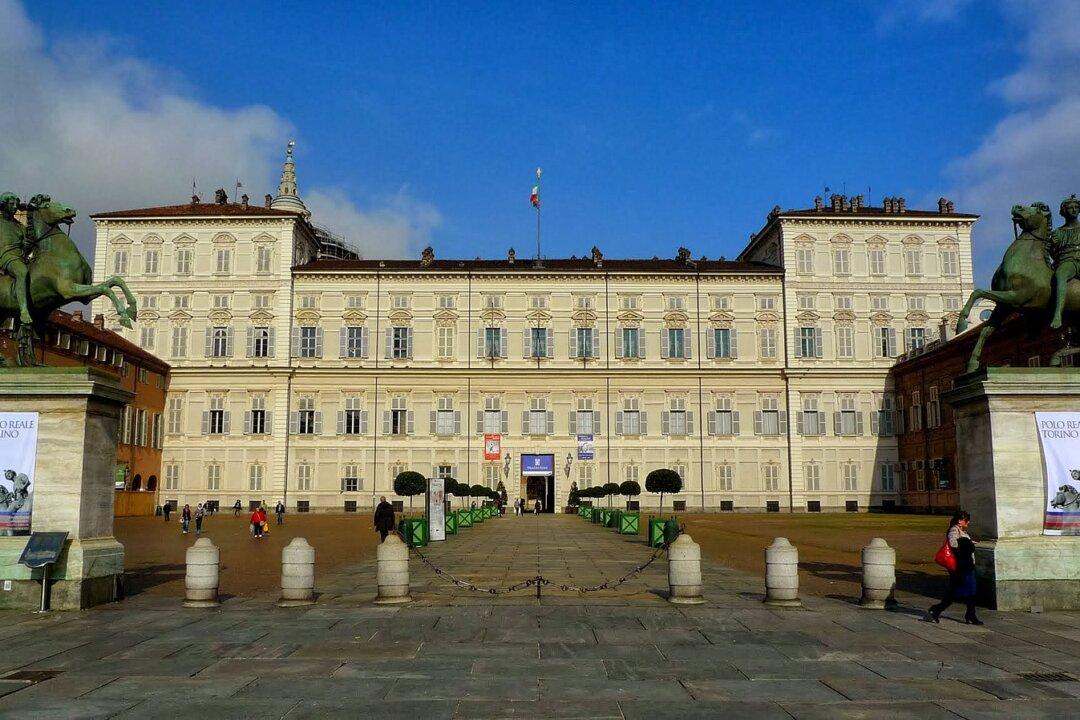Constructed in the late Renaissance of 16th-century Italy, the Royal Palace of Turin was at the heart of the Savoy Dynasty for over two centuries. Today, the Royal Palace operates as a group of museums in Turin’s historically and culturally significant Piazza Castello. The palace’s bold and elegant Neoclassical façade houses many pinnacle examples of Italian Baroque design.
More than 20 homes and palaces were built by the Savoy Dynasty in and around Turin, with the Royal Palace as its crown jewel.





